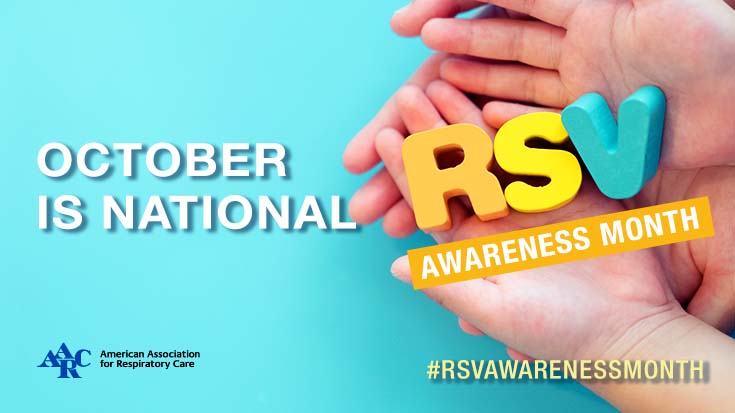
Respiratory Syncytial Virus (RSV), is a common and dangerous virus that impacts the respiratory system of children two years old and under. RSV can be life-threatening and is contagious.
Way’s You Can Spread Awareness in Your Community
The entire month of October The National Coalition for Infant Health asks you to use the hashtag #RSVAwarness on your social media posts. This hashtag will be used to share stories and resources about RSV to help parents, caregivers, health care providers and policymakers.
The National Coalition for Infant Health has a plethora of resources, media, and much more that you can share on social media, and with your patients. They also include the following fact and tips:
RSV Fast Facts
- RSV is a highly contagious seasonal virus that can cause severe respiratory infections
- RSV is the leading cause of hospitalization for babies less than one year old
- On average, babies less than one year old are 16 times more likely to be hospitalized for RSV than for the flu
- RSV disproportionately impacts low-income and minority communities
- RSV is the most common cause of pneumonia and bronchiolitis in babies less than one year old
- All babies and young children are at risk of RSV
- RSV season usually runs from October to March
- RSV can live on surfaces for hours
Signs and Symptoms of RSV
- Cough
- Runny nose
- Struggling to breathe (breastbone sinks inward when breathing)
- Difficulty eating
- Lethargy
- Wheezing
RSV Prevention Tips
- Wash hands often
- Avoid taking your baby into large crowds
- Cover coughs and sneezes
- Clean and sanitize surfaces frequently, including toys
- Avoid contact with sick people
- Don’t smoke around your baby
Also, read how an experience with RSV lead one member to becoming an RT.
Email newsroom@aarc.org with questions or comments, we’d love to hear from you.











